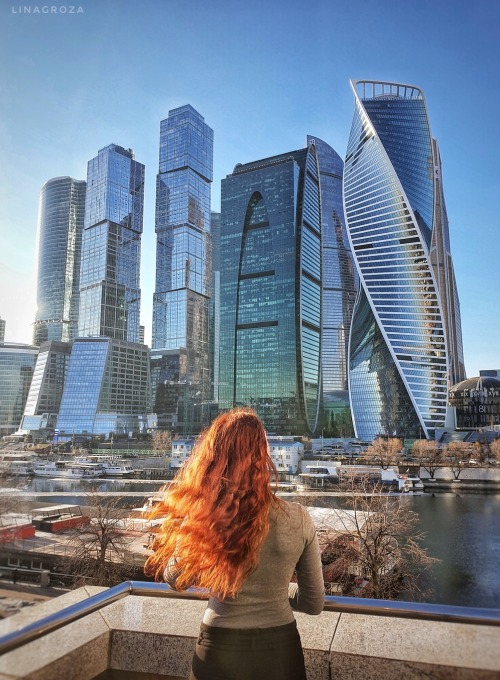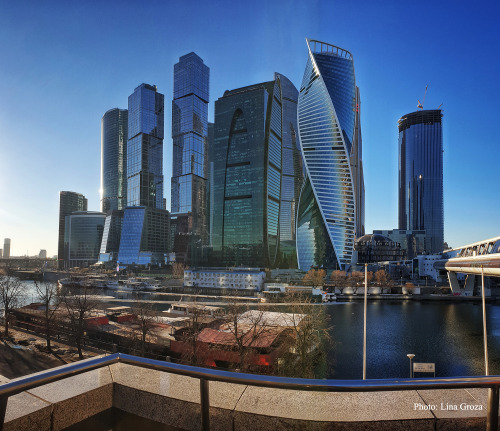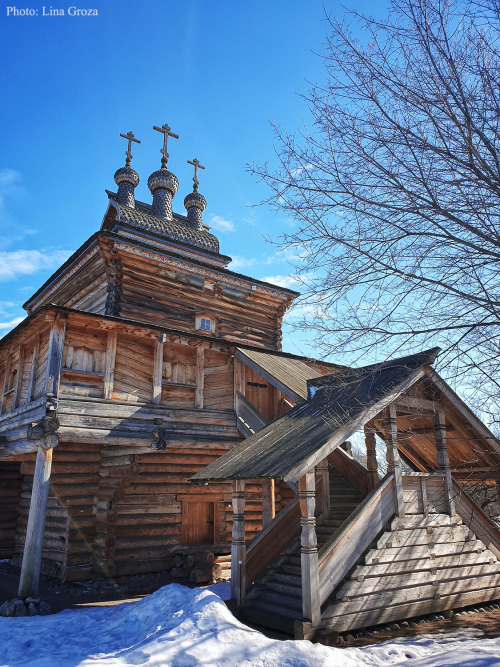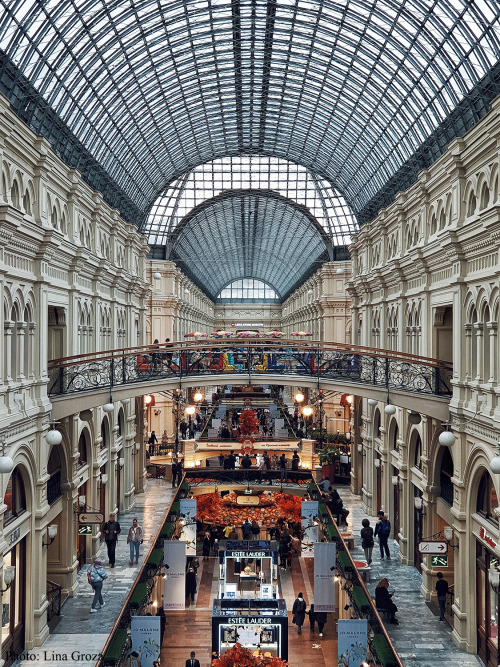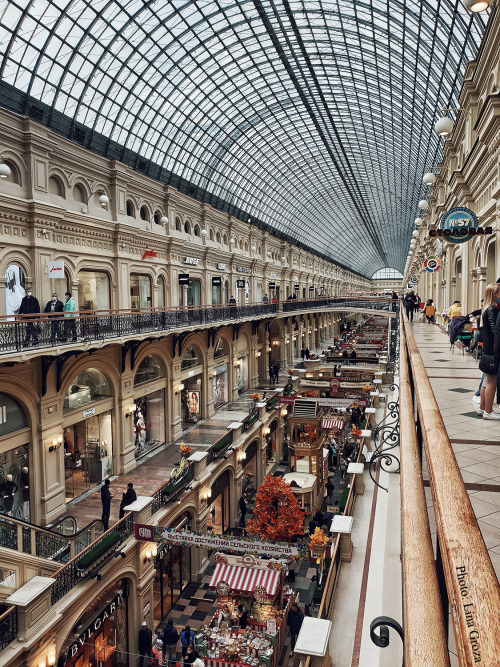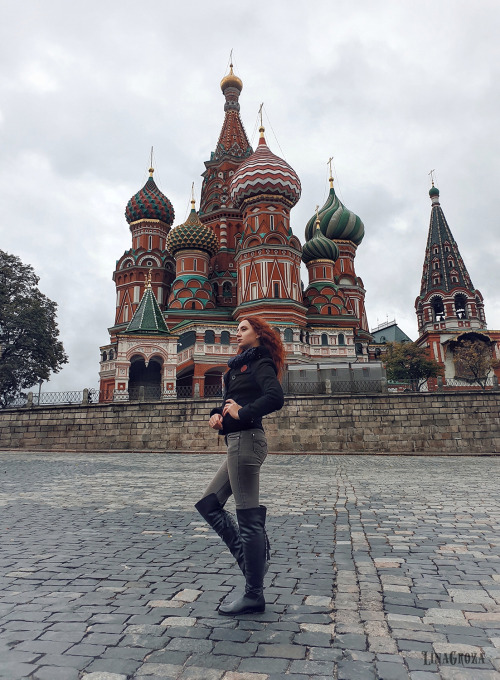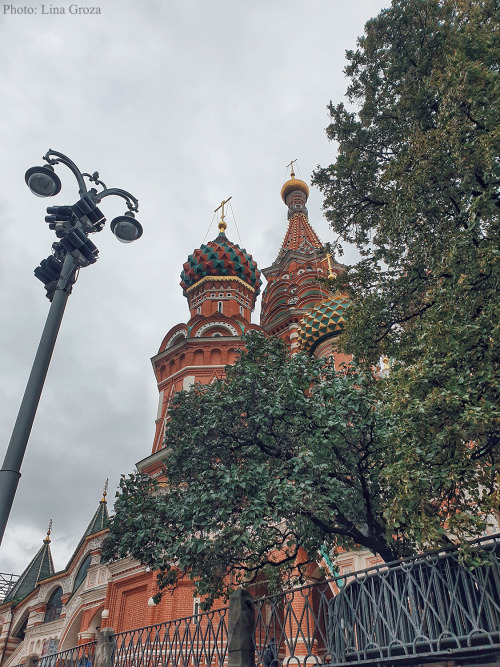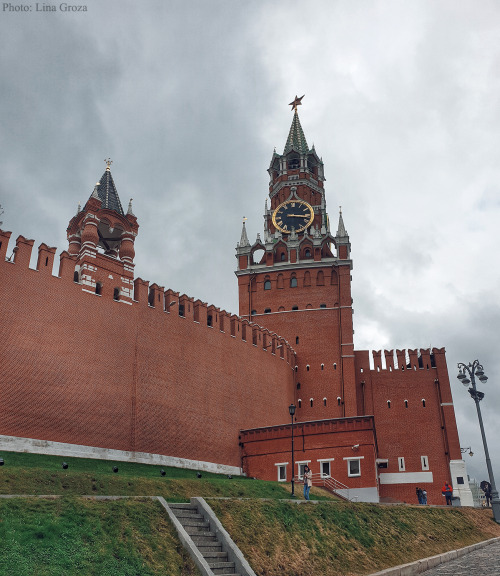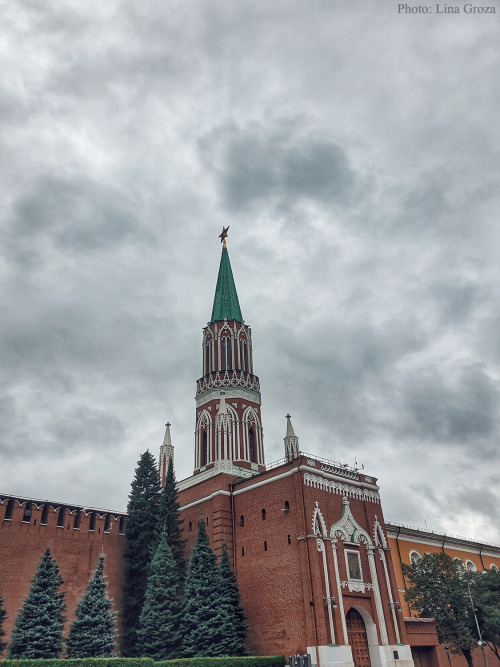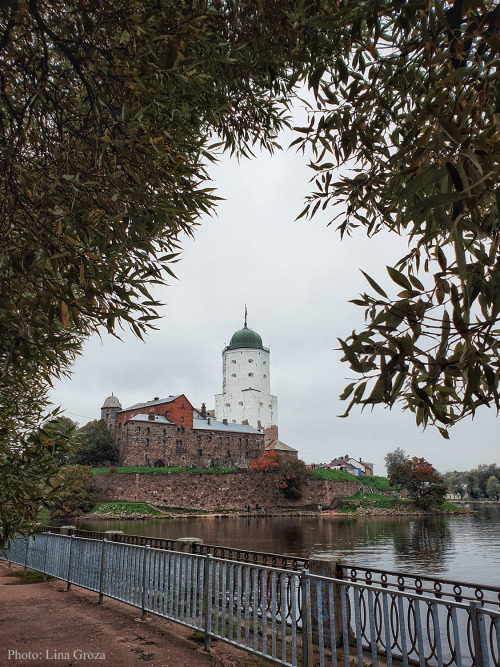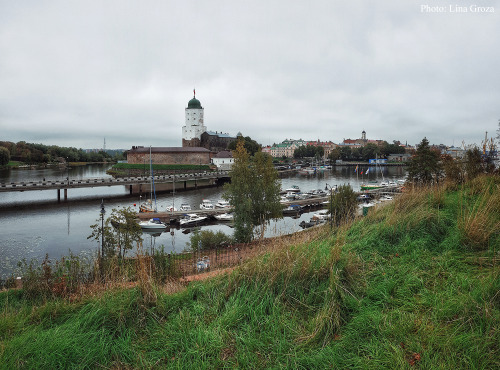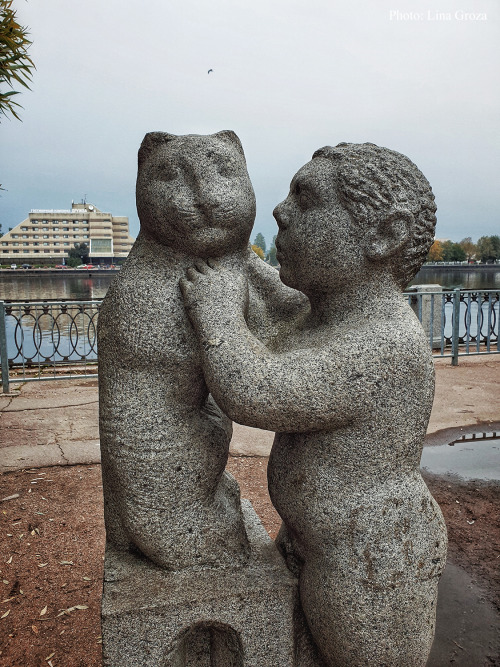#historical city


Naghshe Jahan square/ Isfahan/ Iran
Photography: Hossain azizdokht




Stone Town is a city rich in East African history, culture, and the arts. Its architecture, mostly dating back to the 19th century, reflects the diverse influences underlying the Swahili culture, with the East African culture being preeminent, there is a unique mixture of Arab, Persian, Indian and European elements. The name Stone Town comes from the ubiquitous use of coral stone to construct many of the buildings.
Spring Moscow
Photos by Lina Groza
❤ Follow me:
DA https://www.deviantart.com/greatqueenlina
Instagram https://www.instagram.com/greatqueenlina/
VK https://vk.com/greatqueenlina.group
Post link
GUM is an abbreviation meaning “Main Universal Store”, from the Russian “Глáвный универсáльный магазѝн”. It is the name of a shopping mall located in central Moscow, just opposite Red Square. The building is a trapezoidal shape, with a steel framework and a glass roof. This made it quite unique at the time of construction, in the 1890s.
Photos by Lina Groza
Post link
Red Square is one of the oldest and largest squares in Moscow, the capital of Russia. Owing to its historical significance and the adjacent historical buildings, it is regarded as one of the most famous squares in Europe and the world. It is located in Moscow’s historic centre, in the eastern walls of the Kremlin. It is the city landmark of Moscow, with iconic buildings such as Saint Basil’s Cathedral, Lenin’s Mausoleum and the GUM.
Photos by Lina Groza
Post link
Vyborg, formerly (1919–40) Viipuri, city, Leningrad region, northwestern Russia. The city stands at the head of Vyborg Bay of the Gulf of Finland, 70 miles (113 km) northwest of St. Petersburg. First settled in the 12th century, Vyborg was built as a fortress in 1293 by the Swedes after they had captured Karelia. In 1710 the fortress was captured by Peter I the Great, and Vyborg thenceforth remained under Russian rule. From 1918 to 1940 the city was part of Finland and held the name Viipuri, but it was ceded back to the Soviet Union in 1940 after the Russo-Finnish War. The city was occupied by Finnish and German forces from 1941 to 1944, after which it was permanently ceded to the Soviet Union. The city sustained severe damage during World War II but was subsequently rebuilt.
Photos byLina Groza
Post link




